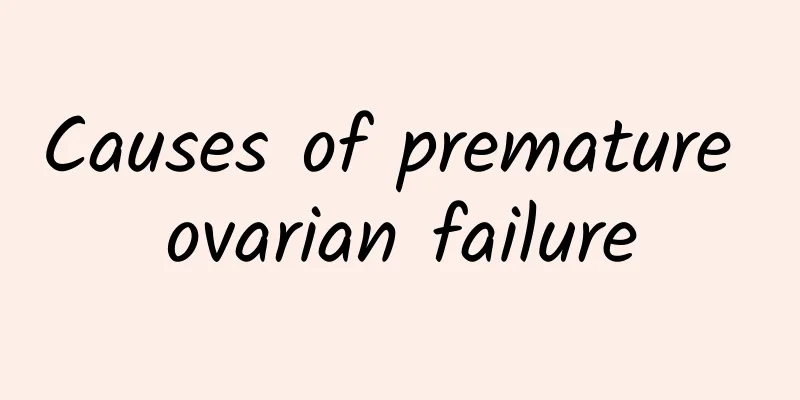Clinical examination of endometrial polyps

|
In daily life, we should understand endometrial polyps as soon as possible. As the disease becomes more serious, it becomes more and more harmful to the patient's body. Usually we should be alert to the occurrence of the disease and pay attention to some examination methods. We can perform gynecological examinations and hysteroscopy. Therefore, we should understand as soon as possible how to examine patients with endometrial polyps. 1. Gynecological examination: Sexual inflammation can show cervical congestion and edema, or erosion, purulent secretions discharged from the cervical canal, and pain when touching the cervix. Chronic cervicitis can show different degrees of cervical erosion, hypertrophy, polyps, glandular cysts, eversion, etc., or purulent secretions from the cervix, and the cervix is hard when palpated. If it is cervical erosion or polyps, there may be contact bleeding. 2. Microscopic examination: Endometrial polyps are composed of endometrium, and the surface is covered with cuboidal epithelium or low columnar epithelium. A fibrous longitudinal axis is formed in the middle of the polyp, which contains blood vessels. Due to the narrow pedicle and reduced blood supply, polyps are prone to degeneration. Polyp vascular thrombosis is most likely to occur, and it turns dark purple due to blood stasis. Necrosis often occurs at the top, and it may eventually rot and fall off. 3. Pasteurization staining examination: Cervical pasteurization grading is a simple and effective method for early detection of cervical cancer. That is, cervical epithelial cells are usually divided into five levels under a fixed staining microscope: Grade I cells are normal, Grade II has inflammatory manifestations, Grade III is suspected of malignant cells, Grade IV cancer cells need to be confirmed, and Grade V cancer cells are very accurate. I hope you can understand the characteristics of endometrial polyps as soon as possible, pay attention to reasonable treatment, scientific examinations, go to a professional hospital for treatment, and pay attention to rest in your daily life. You usually need to pay attention to physical conditioning methods, comprehensive care, a light diet, and pay attention to your own health. |
<<: What to do with double ovarian cysts
>>: Dysfunctional uterine bleedingDysfunctional uterine bleeding causes
Recommend
Treatment of congenital absence of vagina
What are the treatments for congenital absence of...
Two health diets for patients with ovarian cysts
Patients with ovarian cysts must choose treatment...
What is the difference between uterine polyp bleeding and menstrual bleeding
What is the difference between bleeding from uter...
When is the best time for medical abortion? What should you pay attention to after medical abortion?
The most suitable time for medical abortion is wi...
The thickness of the endometrium determines the date of menstruation
The thickness of the endometrium determines the d...
Will adnexitis cause bleeding symptoms?
Will adnexitis cause bleeding symptoms? It is not...
Zhang Ziyi drank bean sprout soup to lose weight and became as thin as an ant's waist! Doctor: Be careful of irregular menstruation and constipation
According to recent media reports, Zhang Ziyi, a ...
What are the symptoms of menopause?
Menopause is an inevitable physical change for fe...
What are the key points of home treatment for adnexitis?
In recent years, the prevalence of adnexitis has ...
Will chronic cervicitis lead to infertility? Women must know these common sense about chronic cervicitis
Chronic cervicitis is the most common gynecologic...
The main causes of dysmenorrhea during menstruation
Women are no strangers to dysmenorrhea, which ref...
Can suppositories be used to treat cervical erosion during breastfeeding?
Can suppositories be used to treat cervical erosi...
How long can you live with Nabothian cyst?
How long can you live with Nabothian cyst? Naboth...
Lose weight and avoid it? 4 tips to eat the right starch to lose weight
"If you want to lose weight faster, you'...
What are the dangers of abortion?
With the development of society, abortion can be ...









